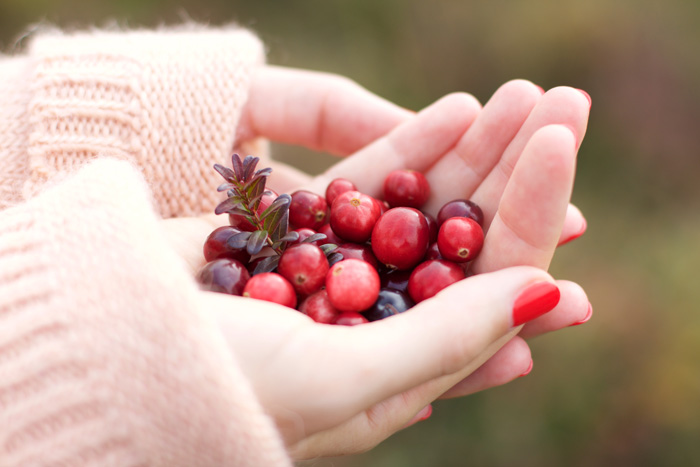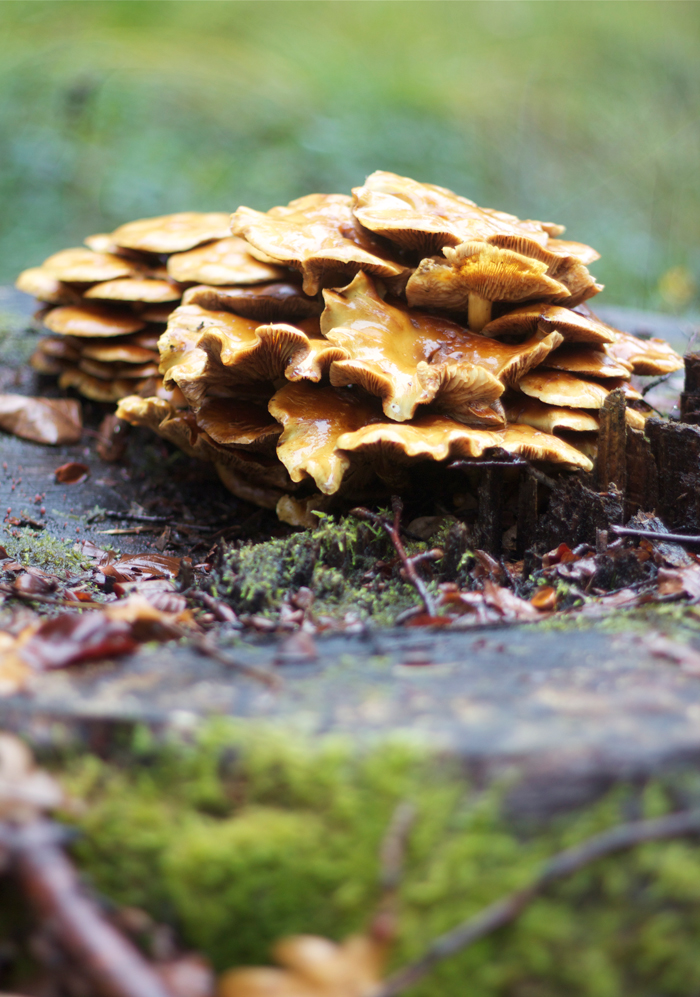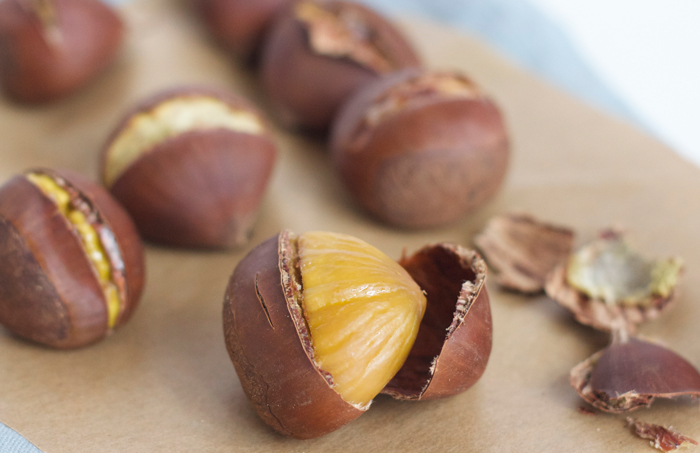Cranberry harvest on Terschelling
Have you ever been to the Dutch islands in the Wadden Sea? Then please go! Fast! Strolling through vast landscapes and bicycling through winding dune roads… A few days on the island Terschelling (or one of the other four Wadden islands: Texel, Vlieland, Ameland or Schiermonnikoog) is the perfect way to start the fall season.
Soon I was wondering where all the abandoned bicycles along the side of the road came from… Turns out cranberry harvest season is in full swing. Once you start paying attention you see more and more people diligently at work picking away at those lovely berries. So hop off you bike and join!
Ughh… sour red berries!
Around 1830 cranberries were already a big thing in the United States. The red berries, real vitamin C bombs, were used by sailors during long trips to prevent scurvy. Story goes, that around 1845, a barrel fell overboard and washed on Terschelling. The barrel was found by a ‘jutter’, the Dutch name for a person who collects washed up wood and other finds on the shoreline. Very disappointed that he found no liquor in the barrel, but sour red berries, the content was dumped in a wet dune valley. There the seeds got the chance to germinate, and the bold red berry seized the opportunity to conquer the island.
Warm red color
The cranberry is a low hanging plant with small green leaves that turn into a warm deep red color in the wintertime. In June the plant is in bloom. Pink clouds of flowers adorn the dune landscape. The flowers then make room for berries that are a white-yellow color, that turn red during ripening.
Harvest season
In the first week of September professional cranberry pickers spread throughout the fields across the entire island to harvest. Their only tools are a picking bin and a couple of burlap sacks. After this, the real party begins, when the fields are opened to the public. With a bag and some greedy hands you come a long, long way :) The date varies, but usually this opening of the fields is around mid October. When you cycle through the dunes, it is hard to overlook the best cranberry fields. Just follow the locals!
Favorite shops
Terschelling Cranberry
The cranberry fields on Terschelling are used by the company Terschelling Cranberry . They make the berries into jam, juice and other products that are on sale at various places. You don’t want to miss the Bessenschuur (Berry Barn), see photos below. The cranberry harvest used to be gathered in these, barns, contructed after North American example. Enjoy a cup of cranberry tea and visit the cranberry museum on the first floor.
Places where Terschelling Cranberry products are sold :
- Wuxalia – Torenstraat 18
- Berry Barn – Badweg 1
- Lekkernijmakerij – Mersakkersweg 5
For more information visit www.terschellingercranberry.nl.
Groenhof Cranberry
But the one and only number is definitely taken by the cranberry products of the small-scale organic farm Groenhof. From the harvest of their own cranberry fields family Zandwijk makes jam, chutney, liquor, vinegar and much more. There is less sugar added so the natural flavor of the cranberries is done justice. During summertime, their products are for sale at their garden shop Groenhof zelfpluktuin. Throughout the year you can go to Delicatessenwinkel Lokaal. You have to go there anyway before you take the boat back to buy yourself a mouthwatering piece of Terschellinger Cheese and hide it in your suitcase (they sell them sealed).
- Delicatessenwinkel Lokaal – Torenstraat 3
Recipes
Cranberry sauce is delicious with a piece of Dutch game (such as dear), brusselsprouts and roasted potatoes. Put the fresh cranberries in a saucepan and let simmer, keep stirring once in a while, until the sauce has thickened (about 15 minutes). Add extra seasonings to your own taste like sugar, orange peel, cloves, cinnamon or a dash of port.
Dried cranberries give an extra boost to Frisian sugarbread or homemade winter granola.












